Planets Of The Solar System Ranked, Will Pluto Make The List? [POLL]
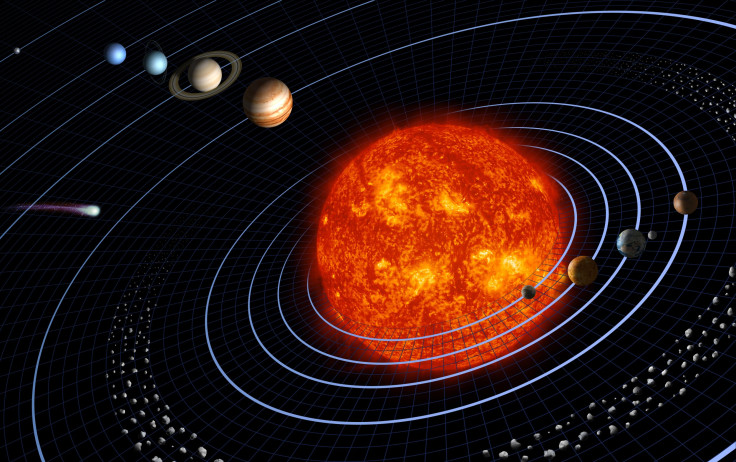
Not all planets are created equal, although they may all be formed the same way. We have our favorites and here is our definitive ranking of planets in the solar system. What are yours?
Pluto

The ex-planet takes the top spot because it was kicked out of the group. In some ways, Pluto, classified as a dwarf planet, is the rebel of the solar system and keeps its distance from the other planets. It also has the best naming convention, drawing on underworld mythology, with moons named Charon, Styx, Kerberos (not to be confused with the asteroid 1865 Cerberus), Nix and Hydra.
Jupiter
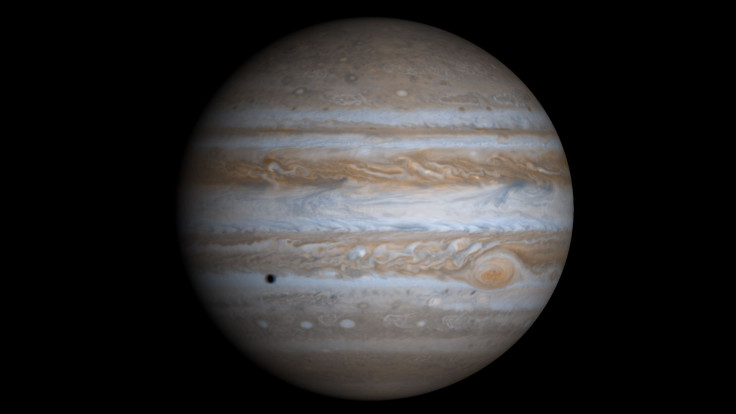
Jupiter is the second-best planet as it's the largest in the solar system, looks like a painting and has one of the coolest atmospheric features, the Great Red Spot. The giant storm is bigger than Earth. The gas giant has 67 moons, the most of any planet. Europa, in particular, is fascinating as it is believed to have an ocean of water beneath an icy surface.
Saturn
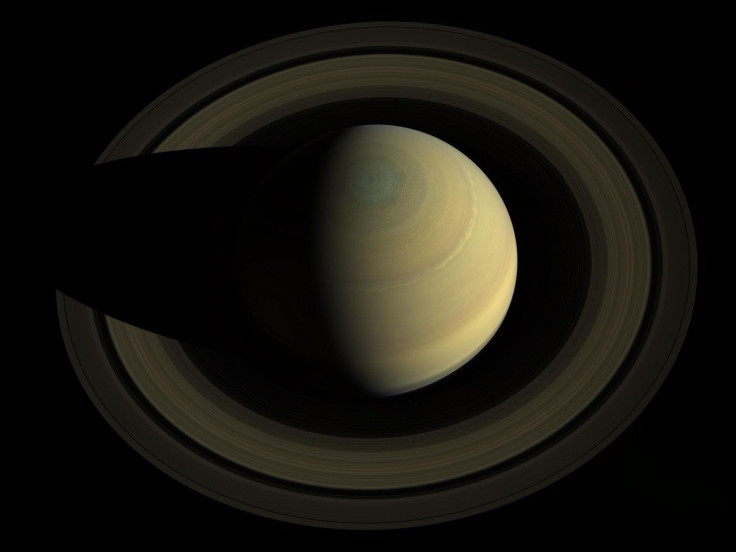
Rings aside, Saturn's a pretty great planet. Second to Jupiter for number of moons, 62 (but some are still forming within its rings), the gas giant is also known for its impressive aurora displays and hexagonal storms. The rings still set Saturn apart, though, in an impressive display unlike any other in the solar system.
Mars
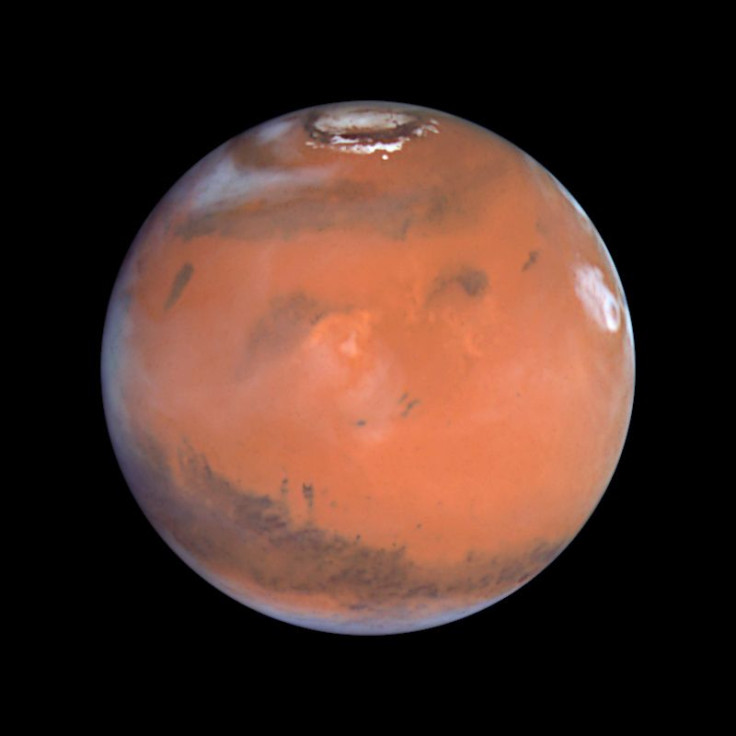
For whatever reason, the Red Planet fascinates us. NASA's recent Mars missions have bolstered the planet's popularity. The trio of rovers, Curiosity, Opportunity and Spirit, have made some interesting discoveries, including ancient flowing water on the planet. There are still some holdouts looking for life on Mars, as evidenced by the viral news of a rat seen among the rocks or the case of the "jelly doughnut" rock.
Uranus

The seventh planet from the Sun, Uranus might not get as much attention as its gas giant brethren Jupiter and Saturn but it's still an interesting place. The ice giant has 27 moons and its axis is tilted, NASA dubs it the "sideways planet."
Mercury

As the closest planet to the sun, Mercury cannot catch a break. The smallest planet of the solar system has no natural satellite and an incredibly thin atmosphere. Mercury also has a doomed fate as the sun will expand into a red giant a few billion years from now and engulf the planet.
Venus
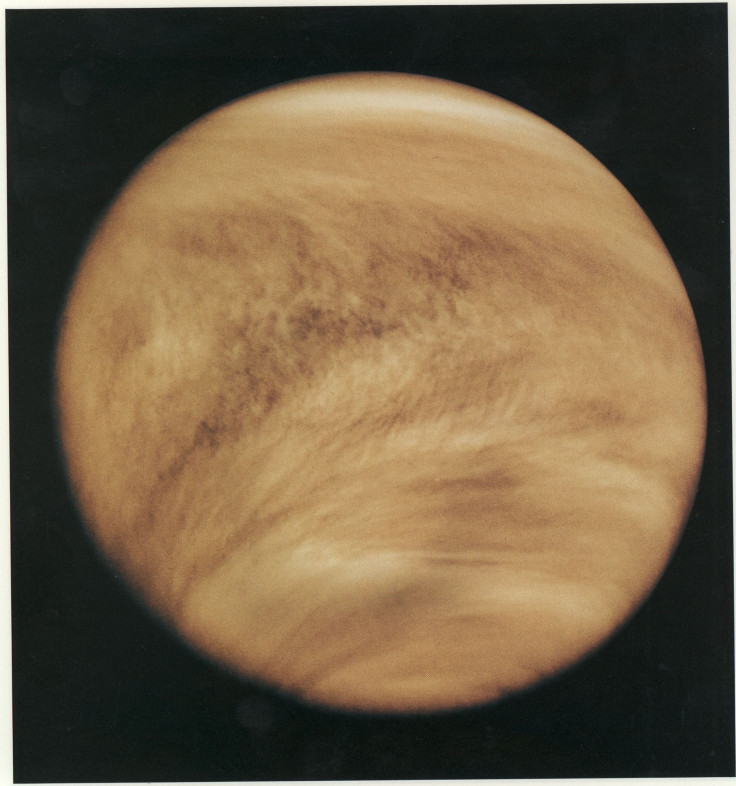
Venus is Earth's unlikely twin as the planet has a similar size, mass and gravity as our planet. The planet is incredibly hot, due to its atmosphere of carbon dioxide and sulfuric acid.
Earth

We give Earth plenty of attention because we live on it. It's the only planet that has life and the moon's a decent companion.
Neptune
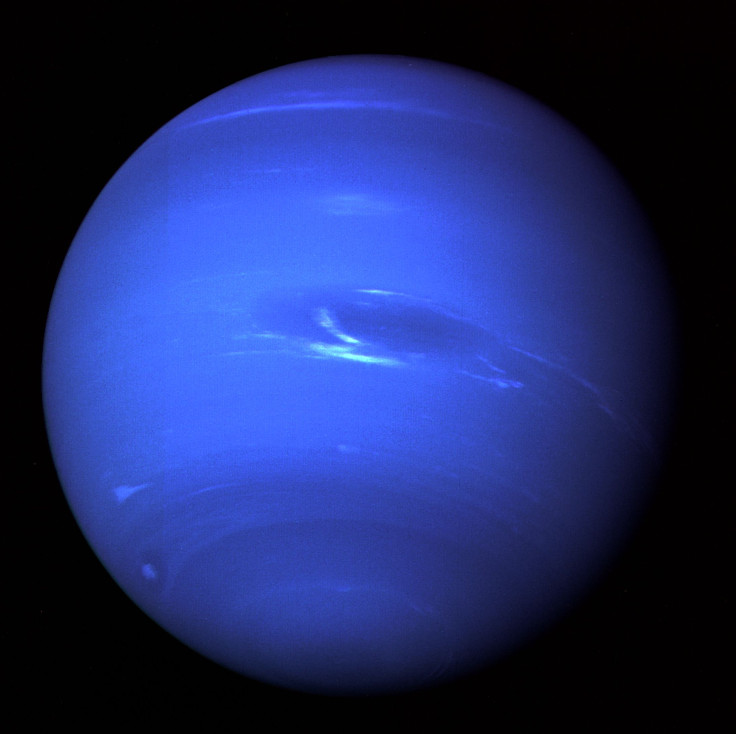
Neptune is a pretty boring planet. It's incredibly blue, has fast winds and 14 moons.
Agree or disagree? Take our poll and tell us what your favorite planet is!
© Copyright IBTimes 2024. All rights reserved.












